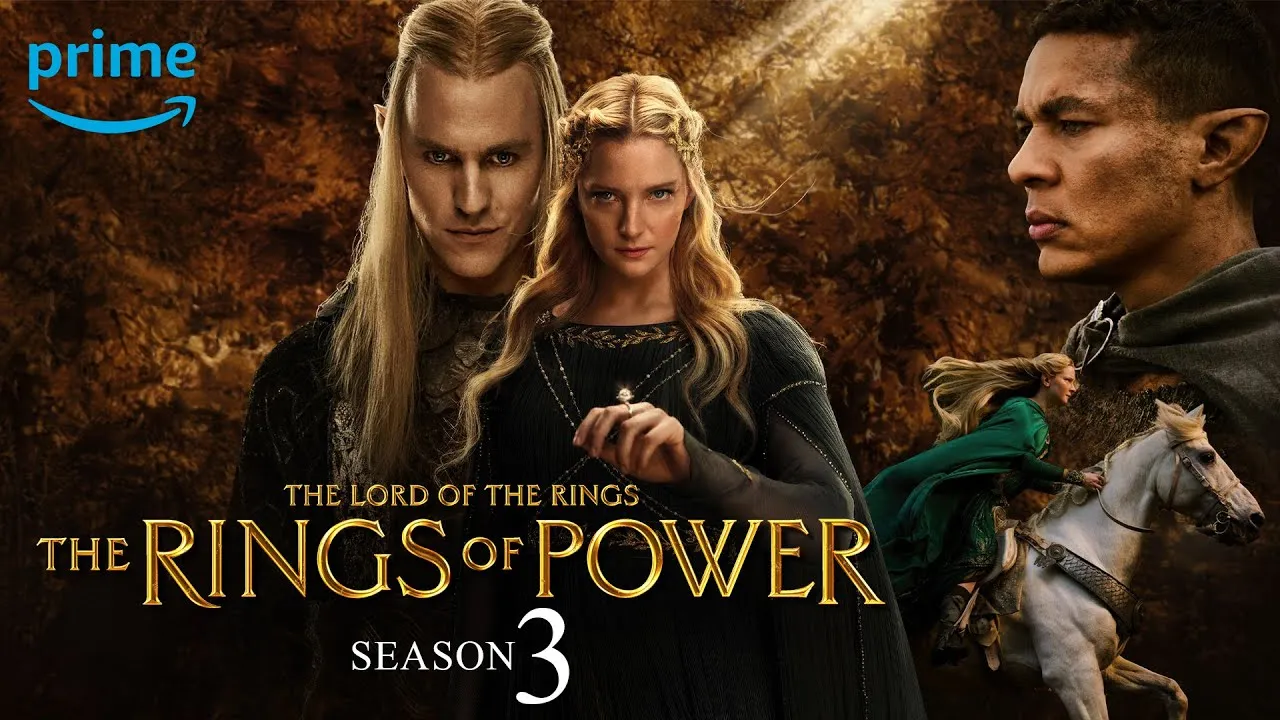Title: Sleeping Beauty (2011)
Director: Julia Leigh
Genre: Drama, Psychological, Erotic
Starring: Emily Browning, Rachael Blake, Ewen Leslie, Mirrah Foulkes
Runtime: 101 minutes
Country: Australia
Overview
Sleeping Beauty (2011) is an Australian independent film written and directed by Julia Leigh in her directorial debut. Unlike the classic fairy tale, this version of Sleeping Beauty is a haunting and provocative psychological drama that explores themes of submission, identity, desire, and the commodification of the female body. The film was selected for competition at the Cannes Film Festival in 2011 and received both praise and controversy for its bold storytelling and unsettling imagery.
Plot Summary
The story follows Lucy (played by Emily Browning), a quiet, mysterious, and emotionally detached university student who juggles various low-paying jobs to support herself — including participating in medical experiments, working in an office, and waitressing.
Desperate for money, Lucy responds to a cryptic ad and is drawn into a strange, elite world of eroticism. She is hired by an enigmatic woman named Clara to work at a secret establishment catering to wealthy elderly men. Lucy’s role is highly unusual: she is sedated into a deep sleep and lies naked in a lavish bed, while male clients are permitted to lie beside her, caress her, or speak to her — but strictly forbidden from penetrating or harming her.
The film grows increasingly unsettling as Lucy becomes obsessed with finding out what happens to her during her unconscious state. Her emotional detachment, complicated relationship with her only friend Birdmann, and her journey into this mysterious underworld gradually unravel her sense of control and identity.
Themes
Sleeping Beauty is rich with psychological and social commentary. Major themes include:
-
Objectification and commodification of women: Lucy’s body becomes a product, and her passive role challenges traditional notions of agency and consent.
-
Control and submission: The film questions power dynamics in both sexual and emotional relationships.
-
Alienation and detachment: Lucy is emotionally numb, moving through life in a dream-like state that mirrors her literal sleeping condition.
-
Voyeurism: The audience becomes complicit in watching Lucy’s unconscious body, raising uncomfortable questions about spectatorship.
Style and Direction
Julia Leigh’s directing style is minimalist and cold. The cinematography, by Geoffrey Simpson, is static and symmetrical, often showing scenes in long, unbroken takes. This deliberate stillness creates a clinical, almost sterile atmosphere that heightens the emotional distance and tension.
There is little music, minimal dialogue, and a slow pace that forces the viewer to focus on subtle body language and facial expressions. Emily Browning’s subdued yet powerful performance drives much of the film’s quiet intensity.
Reception
Sleeping Beauty received mixed to positive reviews from critics. Many praised the film for its courage and originality, while others found it disturbing or emotionally inaccessible. Emily Browning’s performance was widely acclaimed, with critics noting her fearless portrayal of a difficult and complex role.
Some comparisons were made to the work of filmmakers like Stanley Kubrick (Eyes Wide Shut) and Luis Buñuel, highlighting the film’s surreal and symbolic nature.
Rotten Tomatoes gives the film an approval rating of around 48%, while Metacritic scores it at 57, reflecting a divided response.
Conclusion
Sleeping Beauty (2011) is not a conventional film. It is an art-house exploration of modern femininity, sexuality, and emotional isolation. Disturbing yet thought-provoking, it forces viewers to confront their own discomfort and examine societal attitudes toward gender, power, and desire. For audiences interested in psychological cinema with deeper symbolic meaning, Sleeping Beauty offers a unique and haunting experience.


-1750220317-q80.webp)
-1753072765-q80.webp)